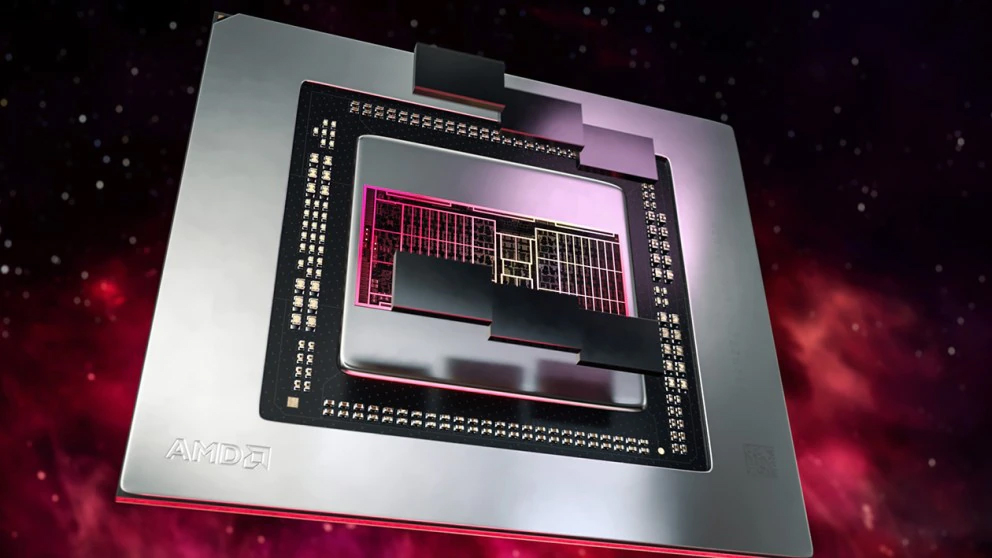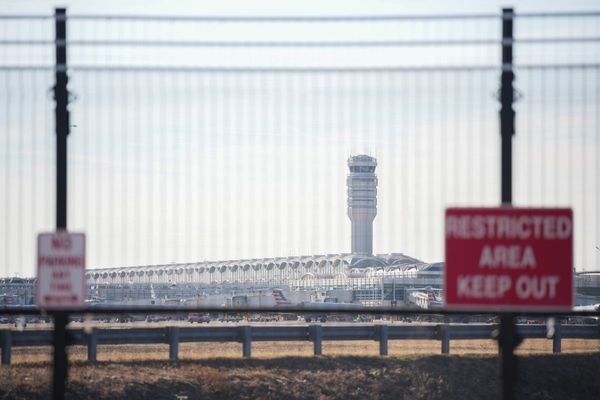
As covered by Phoronix earlier today, the latest AMDGPU driver fully supports DRM_Panic error screens, which should see it merged into the mainline Linux kernel soon—perhaps even on time for the following Linux release merge window. Linux kernel version 6.13 is set for a November release, so this could make the cut, though it is a bit last-minute.
In the past year, there have been ongoing efforts to improve Blue Screen of Death-styled crashing error messages on Linux operating systems, culminating in two solutions: a "systemd-bsod" error screen functionality covering user space errors added in December and a new "DRM_Panic" functionality added in April for kernel panics and other errors that otherwise crash user space and render systemd-bsod effectively useless. Support for DRM_Panic error screens (DRM stands for Direct Rendering Manager in this context, not Digital Rights Management) is, unfortunately, driver-dependent, but it's now supported on AMD GPUs.
Work on this AMDGPU driver support for DRM_Panic on recent AMD GPUs has been ongoing since the beginning of October, so seeing it finished before the end of the month is a considerable achievement on the part of AMDGPU maintainer Alex Deucher. That said, Deucher is also one of the most prominent open-source AMD GPU driver developers, so it's not surprising that he managed to pull this off.
Suppose you're a purely Windows-focused user or have never encountered one of Linux's two BSOD equivalents. In that case, you may be surprised that this functionality is still being actively developed for the Linux kernel. To be fair, Linux has long been considered the purview of enthusiasts and is remarkably stable, so skimping crashing diagnostics for an audience expected to know what it's doing makes sense.
But even Linux developers like some ease of use and troubleshooting, and as Linux becomes a more mainstream platform, support for features like this will become extra important so as not to disillusion consumers who almost certainly need functioning crash screen diagnostics.
Overall, this bodes well for the continued growth of the Linux development scene. With some Linux distributions now able to beat Windows 11's gaming performance outright and Linux's desktop market share expected to reach 5% by the first quarter of 2025, things haven't looked better for FOSS in a long while, particularly not in the face of constant Windows 11 update problems.







